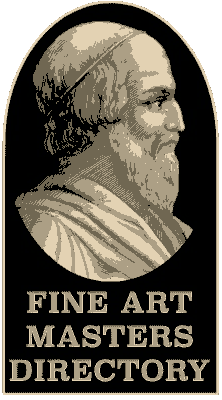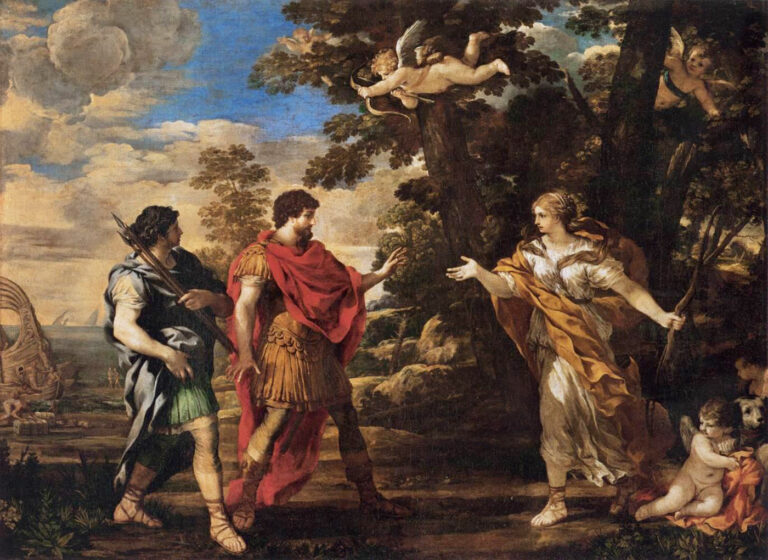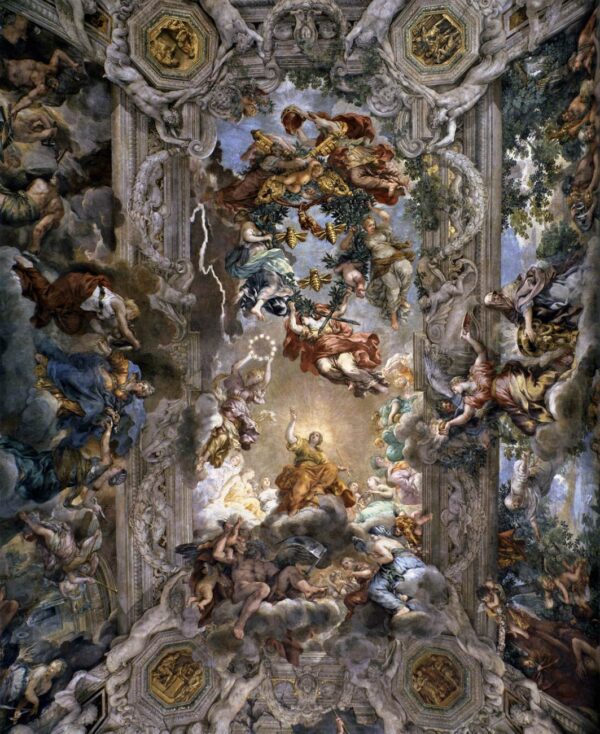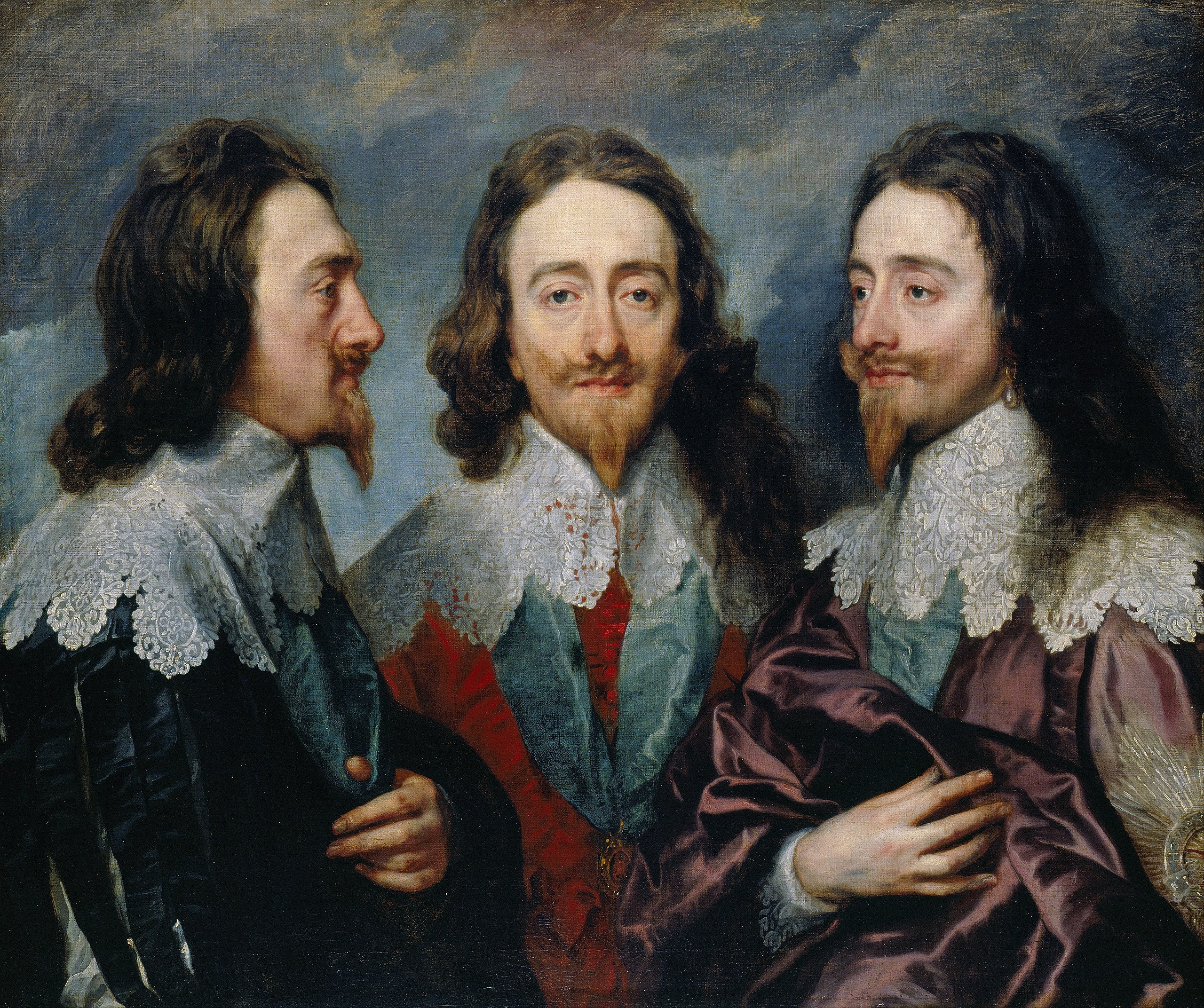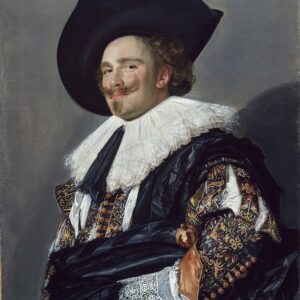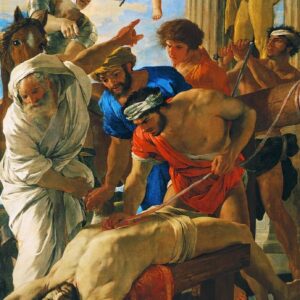Pietro da Cortona (Italian: [ˈpjɛːtro da (k)korˈtoːna]; 1 November 1596 or 1597[1] – 16 May 1669[2]) was an Italian Baroque painter and architect. Along with his contemporaries and rivals Gian Lorenzo Bernini and Francesco Borromini, he was one of the key figures in the emergence of Roman Baroque architecture. He was also an important designer of interior decorations.
He was born Pietro Berrettini, but is primarily known by the name of his native town of Cortona in Tuscany.[3] He worked mainly in Rome and Florence. He is best known for his frescoed ceilings such as the vault of the salone or main salon of the Palazzo Barberini in Rome and carried out extensive painting and decorative schemes for the Medici family in Florence and for the Oratorian fathers at the church of Santa Maria in Vallicella in Rome. He also painted numerous canvases. Only a limited number of his architectural projects were built but nonetheless they are as distinctive and as inventive as those of his rivals.
Fresco cycles were numerous in Cortona’s Rome; many represented “quadri riportati” or painted framed episodes imitating canvases as found in the Sistine Chapel ceiling or in Carracci‘s The Loves of the Gods in the Farnese gallery (completed 1601). In 1633, Pope Urban VIII (Maffeo Barberini) commissioned from Cortona a large fresco painting for the main salon ceiling of the Barberini family palace; the Palazzo Barberini.[8] It was completed six years later, following Cortona’s influential visit to northern Italy where he would have seen at first hand perspectival works by Paolo Veronese and the colour palette of Titian.
Cortona’s huge Allegory of Divine Providence and Barberini Power marks a watershed in Baroque painting. Following the architecture of the room, he created the painted illusion of an open airy architectural framework against which figures are situated, usually seen ‘al di sotto in su‘ apparently coming into the room itself or floating far above it. The ornamented architectural framework essentially forms five compartments. The central and most significant part celebrates the glorification of the reign of Urban VIII in a light filled scene populated with allegorical figures and Barberini family emblems.
The illusion of spatial extension through paint, the grandiose theme and the skill of execution could only astonish and impress the visitor. However, Cortona’s panegyric trompe-l’œil extravaganzas may be less popular in a world familiar with minimalism and such like, yet they are precursors of the sunny figures and cherubim infested with rococo excesses. They contrast markedly with the darker naturalism prominent in Caravaggisti works and with the classicising compositions by painters such as Domenichino and Andrea Sacchi, and remind us that Baroque painting could be grand in an epic manner and exuberant in spirit.
